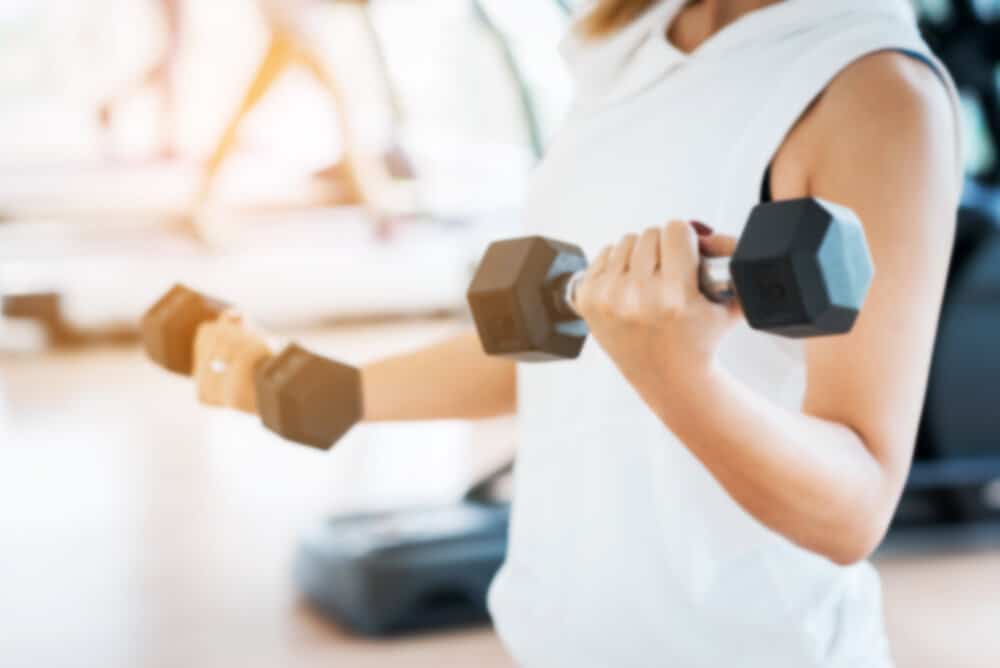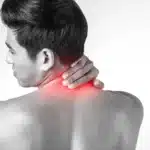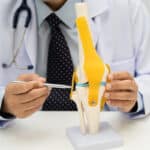
When lifting and carrying heavy objects, it is critical to have effective lifting equipment to protect your items and your back, knees, and spinal muscles. Take it as a part of your pain management system.
Advice If You Lift Heavy Things
Make Careful Movements
When you lift a heavy object, decode where you are going with that thing and reach there safely but do not turn or twist excessively. Always make sure you can lift the artifact alone. If the element is too heavy, always ask for assistance.
Start Safely
Stand with your legs away from your hips and put one leg slightly before the other. You may take the object or move down to a kneeling position and pick up the object. Make sure your back is upright, and your muscles are tight. If you are kneeling, it might help to keep the artifact on your bent leg.
Leg Lifting
Tighten up your core muscles by practicing a squat or kneeling position and lift straight using your legs, not your back. Keeping the object near your body while you are lifting is often helpful.
No Twisting
When lifting an object, don’t twist or turn your waist. Keep your feet ahead when you want to move with the object. If you twist with a heavy object, it can injure your back and muscles.
Injuries by Incorrect Lifting Techniques
Muscle Injury
If you are in the wrong position while lifting, it can stress and injure your lower back muscles. Too much stress will tear tiny muscles, which is also known as muscle strain and it is a common type of back injury.
This back-injury type is very painful, making the surrounding area unable to move. A strained back can restrict you from breathing normally. This kind of injury heals, but it often takes longer than expected.
Disc Injury
The intervertebral discs behave like ball bearings and act like cushions between the spinal vertebrae. The discs consist of fibrous rings, which, when wounded, can come out or even break open. Disc damage in the lower back can lead to pain that radiates into the body and/or leg.
Joint Injury
There are several joints and bones in the back. Such joints are usually very capable of handling the lifting stresses. Nevertheless, even with lightweight objects, inappropriate lifting techniques can irritate such joints and make them “lock.”
Contact Oklahoma Spine & Pain Management for pain management in OKC. For other pain treatment options, ask your doctors.
**Disclaimer: This content should not be considered medical advice and does not imply a doctor-patient relationship.






